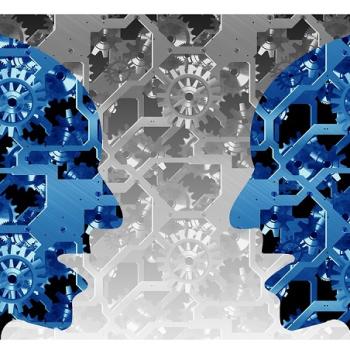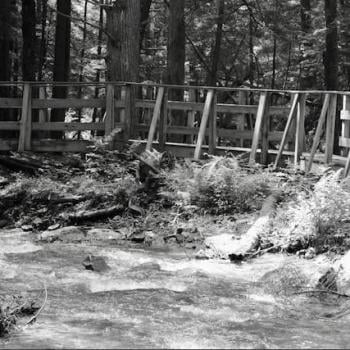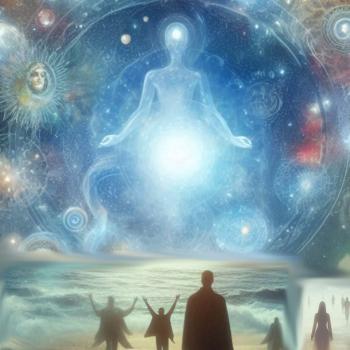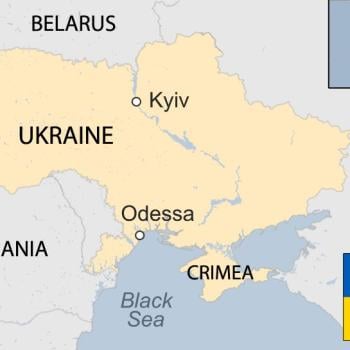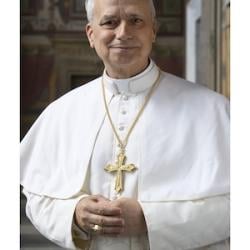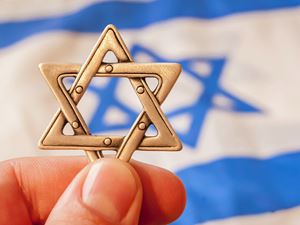
The modern state of Israel, which was founded in 1948, exists within the boundaries of what is believed to have constituted ancient Canaan, or the biblical land of Israel. Canaan is the ancient name for the land which (in the Bible) was promised by God to Abraham and his descendants. Throughout the Hebrew Bible and later Jewish history, the land of Israel played an important role as the homeland of the Jewish people. In the biblical book of Exodus, when the Israelites were freed from slavery in Egypt, they traveled back to the land of Israel to reconquer their homeland, and they remained in Israel until their first expulsion in 586 BCE, when the Babylonian empire destroyed the first Temple in Jerusalem. During this period, many of the Jews settle in Babylonia and other countries, though there was a return 70 years later to the land of Israel, when the second Jerusalem temple was built. The second Temple in Jerusalem was destroyed by the Roman empire in 70 CE, and this marked the second exile of the Jewish people from the land of Israel. In the ensuing centuries, the land of Israel would be considered part of many different empires—with the most recent being the Ottoman Empire—before once again becoming an independent country in 1948, when a United Nations voted to recognize Israel as a country.
While there has been a continual Jewish community in Israel since the 70 CE expulsion down to today, after the expulsion in 70 CE, the major centers of Jewish civilization were established in countries around the world. The expulsion from the land of Israel, along with the destruction of the Temple, became the central focus of Jewish mourning. Prayers to rebuild the Temple and return the Jewish people to the land of Israel became part of the three required daily Jewish prayers. Along with three annual fast days and a three-week period of mourning every year, the Jewish tradition incorporated many references to Israel in its post-Temple practice and worship. For centuries, the relationship between Judaism and Israel was enshrined in these prayers and acts of worship, and the land of Israel often took on a mythical or symbolic value in Jewish theology. Israel was also enshrined in various practices. For example, wherever Jews lived, they faced in the direction of the land of Israel when they prayed (this is why in the West, the focus of all Jewish synagogues is oriented to the east).
Modern political Zionism emerged at the end of the 19th century with Theodore Herzl, a secular Jewish Austro-Hungarian journalist and activist. Herzl was a young man when he witnessed the anti-Semitic trial of French military officer, Alfred Dreyfus, who was accused of treason in an event known as The Dreyfus Affair. For Herzl, this event sparked his realization that Jews needed their own homeland to be safe and flourish as a people, just like any other nation had their own country and homeland. The modern Zionist movement took up the religious yearning for the land of Israel that had been kept alive for thousands of years of Jewish history, and merged it with modern notions of nationalism and political statehood. The Zionist movement grew into a huge, often divisive, and wide-ranging movement with both religious and secular parties. Ultimately, Israel was deemed a state in 1948.
3/23/2021 6:32:39 PM
